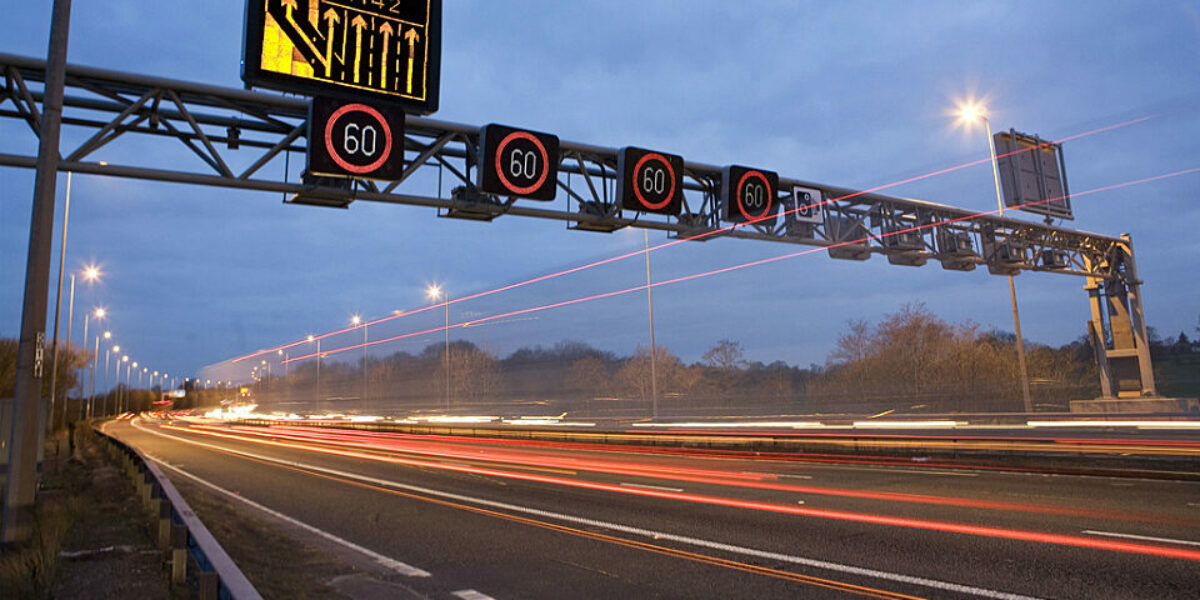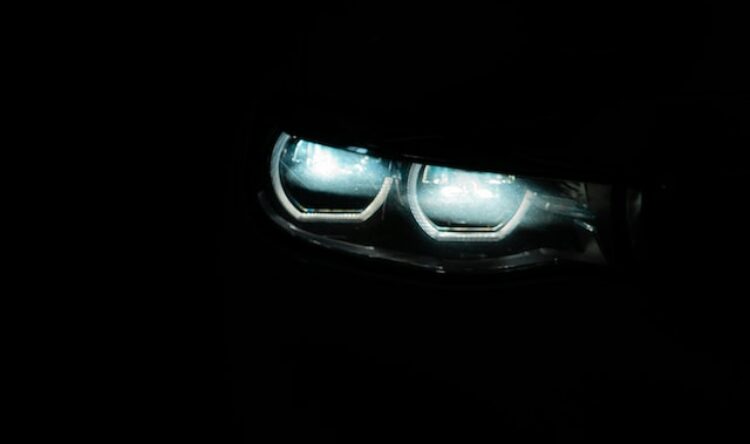CLODs ruling the motorways
Drivers avoiding the inside lane on motorways
Half of drivers (49%) avoid using lane one on ‘all lane running’ smart motorways. This defeats the point of increased carriageway capacity of smart motorways according to the RAC.
More than two-thirds of drivers (68%) also said they regularly see motorists using other lanes when the inside lane is free. A further 20% claim to witness this sometimes and 5% very occasionally.
Rules of the road
When driving along a three-lane motorway, rule 264 of the Highway Code states:
“You should always drive in the left-hand lane when the road ahead is clear.
If you are overtaking a number of slow-moving vehicles, you should return to the left-hand lane as soon as you are safely past.”
Middle-lane hogging is when vehicles remain in the middle lane longer than necessary, even when there aren’t any vehicles in the inside lane to overtake.
In 2013 it was made an offence that can lead to 3 fixed penalty points and a £100 fine.
Self-preservation
The RAC survey of 1,904 drivers found that a fifth (21%) of drivers claimed to have frequently steered clear of the left-hand. Meanwhile 28% admitted to doing so occasionally.
Asked why they deliberately avoid driving in lane one, more than three-quarters (77%) say they are worried they might encounter a stationary, broken-down vehicle as there is no hard shoulder. Further more, 40% are fearful of being crashed into if they had to stop again because of the lack of a dedicated hard shoulder.
The second most common reason for not using the inside-most lane on an ‘all lane running’ motorway, cited by 52% of drivers, was the belief that it is mostly used by HGVs and would lead to them frequently having to overtake.
These survey results come as the value of smart motorways is being investigated after the number of crashes was highlighted in the media. The negative attention from the police, coroners, parliamentary committees and the public have left the motorways in the slow lane.
Lack of momentum
Further results include 38% saying traffic in lane one is usually going much slower than 70mph. One-in-five (22%) state it is usually too congested so it’s easier to stick in another lane. A further 18% claim it’s just ‘easier’ to drive in lanes two, three and four.
It comes as anecdotal evidence points at increasing numbers of UK drivers only driving on the middle or outer lanes rather than returning to the left hand lane on motorways. This has been shown to increase congestion and journey times.
What’s the point?
But it is smart motorways that are at the forefront of concerns. The RAC says that the findings “completely undermine” the very reason so many hard shoulders have been permanently turned into running lanes: to increase road capacity.
RAC road safety spokesperson Simon Williams say that since the first ‘all lane running’ smart motorway opened on the M25 in April 2014, there have been serious concerns. He describes ” considerable amount of controversy about safety, which worsened significantly following several high-profile fatal collisions”.
Steve adds: “Consequently, these roads, continue to be deeply unpopular with drivers who, before their introduction, had been used to having the relative refuge of a hard shoulder available in an emergency.
“On top of this our latest research worryingly shows that half of drivers actively avoid using the inside-most lane for a variety of reasons, not least the fear of being crashed into, meaning much of the extra carriageway capacity they were meant to bring is wasted.”
Mapping the way ahead
So, how can ‘all lane running’ smart motorways be improved?
Three-quarters of drivers (74%) told the RAC that they would feel safer if there were more refuge areas. These areas are a necessity on these stretches of road in the absence of the hard shoulder.
Almost three-quarters (72%) would be reassured by technology that detects stranded vehicles. More than half (56%) want to see more gantry signs which show the speed limit and whether lanes ahead are closed.
The same proportion of respondents (56%) also want cameras to be used to enforce the ‘red X’ closed-lane signs, which are now beginning to be used.
Almost half (45%) believe more control centre staff monitoring these roads are needed and more than a third (37%) would like to see more National Highways patrol officers up and down the carriageways. However, a not insignificant 15% of those surveyed say nothing can be done to make them feel safer.
Not a pretty picture
National Highways now has 122 enforcement cameras automatically detecting vehicles which ignore red-X lane-closed signs.
The organisation is also rolling out radar technology to help identify stopped or broken-down vehicles on ‘all lane running’ smart motorways more quickly and effectively.
A recent undercover report by BBC’s Panorama revealed that many of the cameras were not working. Furthermore, it uncovered delays in the roll out of radar technology. There also seemed to be a lack of appropriate numbers of staff observing the camera feeds in order to set the warning signs appropriately.
All in the slow lane
Williams believes the concerns are undermining road safety and the very point pf all lane running.
“With so many feeling theirs and their passengers’ lives are in jeopardy, it’s going to be very hard to convince them otherwise no matter how much extra safety technology is introduced”.
“Stopped vehicle detection cameras are a definite step in the right direction, but they still require National Highways staff to check the carriageway and switch on the ‘red X’ closed-lane signs. Then drivers have to be fortunate enough to see them on gantries or signs – which are often up to 1km apart – in the first place, and hope that all other motorists obey them by moving to another lane.
“That’s a lot of separate things that have to happen in order to help protect a driver who has broken down, all of which are only necessary because of the decision to remove hard shoulders.”
Williams says it is “little wonder” that 70% of drivers surveyed for this year’s RAC Report on Motoring want to see ‘all lane running’ smart motorways scrapped in favour of ‘dynamic hard shoulder’ ones where the hard shoulder is only used as a running lane during busy periods
“We strongly urge the Government to abandon ‘all lane running’ smart motorways and switch to ‘dynamic hard shoulders’ so that drivers can still benefit from increased road capacity at busy times while having somewhere to stop in relative safety in an emergency at other times,” he adds.
Getting there?
Laura Baker, customer service director of the major projects division at National Highways, told a Fleet200 Strategy Network meeting earlier this year that the organisation was introducing a package of safety measures.
“We are putting stopped vehicle detection on every smart motorway, we’re ensuring the facilities are right in our control room and that our traffic officers can get to people quicker, making sure that every part of the smart motorway is covered by cameras that work,” she said.
National Highways is also building more emergency refuge areas. Baker said there would be one every three-quarters of a mile.





